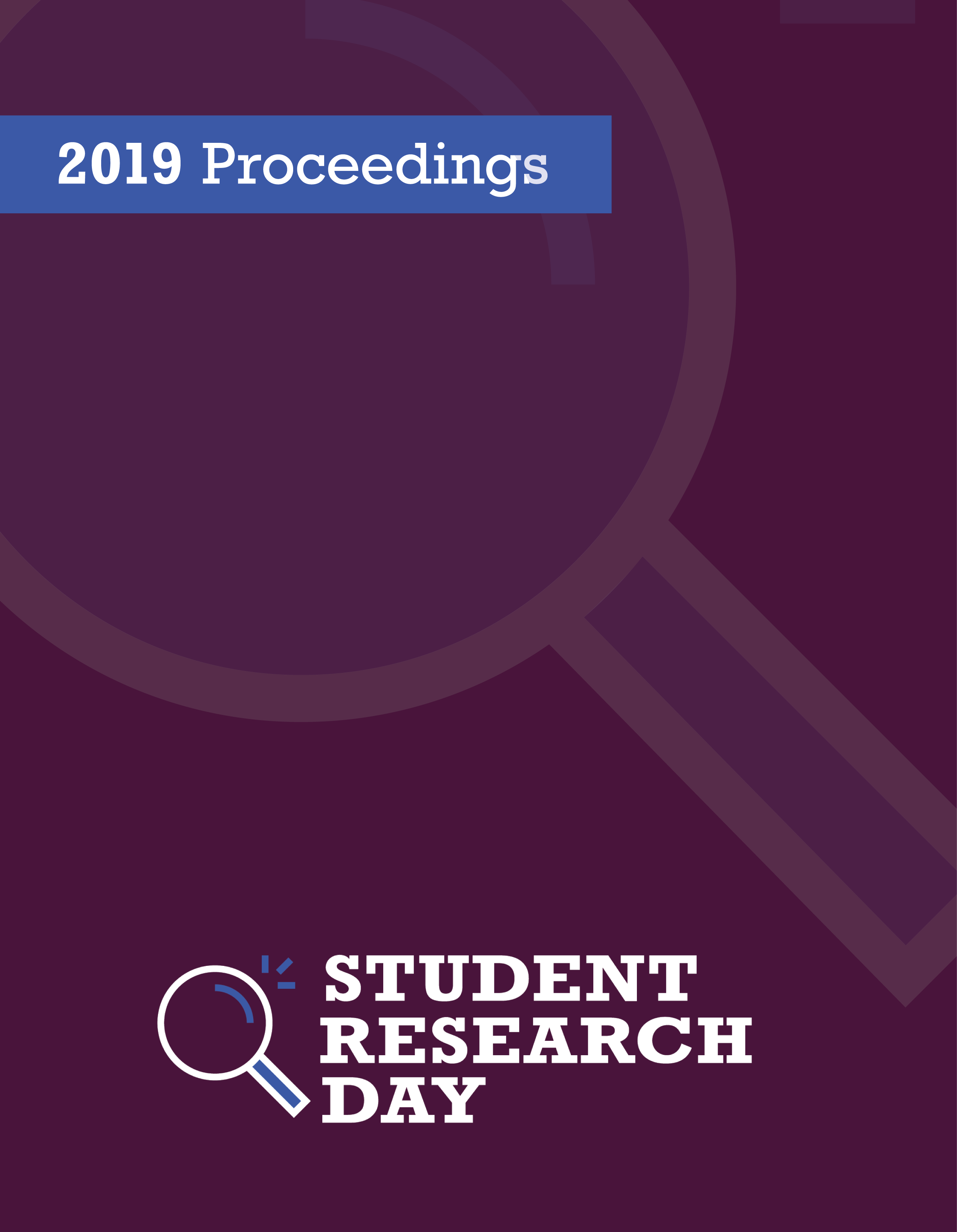Using Stratigraphy and Microfossil Proxies to Discern De-Glaciation Processes that Occurred in Nares Strait Over the Holocene
Abstract
This project represents a timely opportunity, with the objective of: Studying the re-connection of the Arctic and Atlantic oceans via Nares Strait; deciphering the ancient ocean environment (bottom and surface water temperatures, sea-ice, ecosystem productivity) during and after the reconnection of the two oceans. This objective is achieved by analyzing microfossils, a standard and proven tool for tracing ancient environment and ocean conditions. Results from this project will inform our current understanding of how polar regions respond to natural climate change and will be of interest to scientists working on arctic climate, oceanography, and environment both past and present. Over the past decades, polar regions such as the Canadian Arctic Archipelago (CAA) have experienced pronounced changes associated with recent climate warming, such as sea ice decline. This project will lead to better understanding of past climate variability and how polar marine environments respond to changing conditions, such as glacial to interglacial transitions. This in turn may better allow predictions surrounding the future of CAA environments. Microfossils (Foraminifera) are used as a proxy for reconstructing past environmental conditions via assemblage and geochemical (δ13C and δ18O) analyses, including water temperatures, sea ice conditions, and ecosystem productivity. Assessing species distributions in seabed sediments and linking these distributions to measured environmental parameters (e.g., sea ice duration); gather biogeochemical data (isotopes of O & C tracing temperature, ecosystem productivity) from selected species. These analyses will provide vital data (species-environment relationships; isotopic values) directly informing interpretation of past environments in sediment cores.
Faculty Mentors: Hilary Corlett and Roy Coulthard
Department: Earth and Planetary Sciences
Published
Issue
Section
License
Authors retain any and all existing copyright to works contributed to these proceedings.



